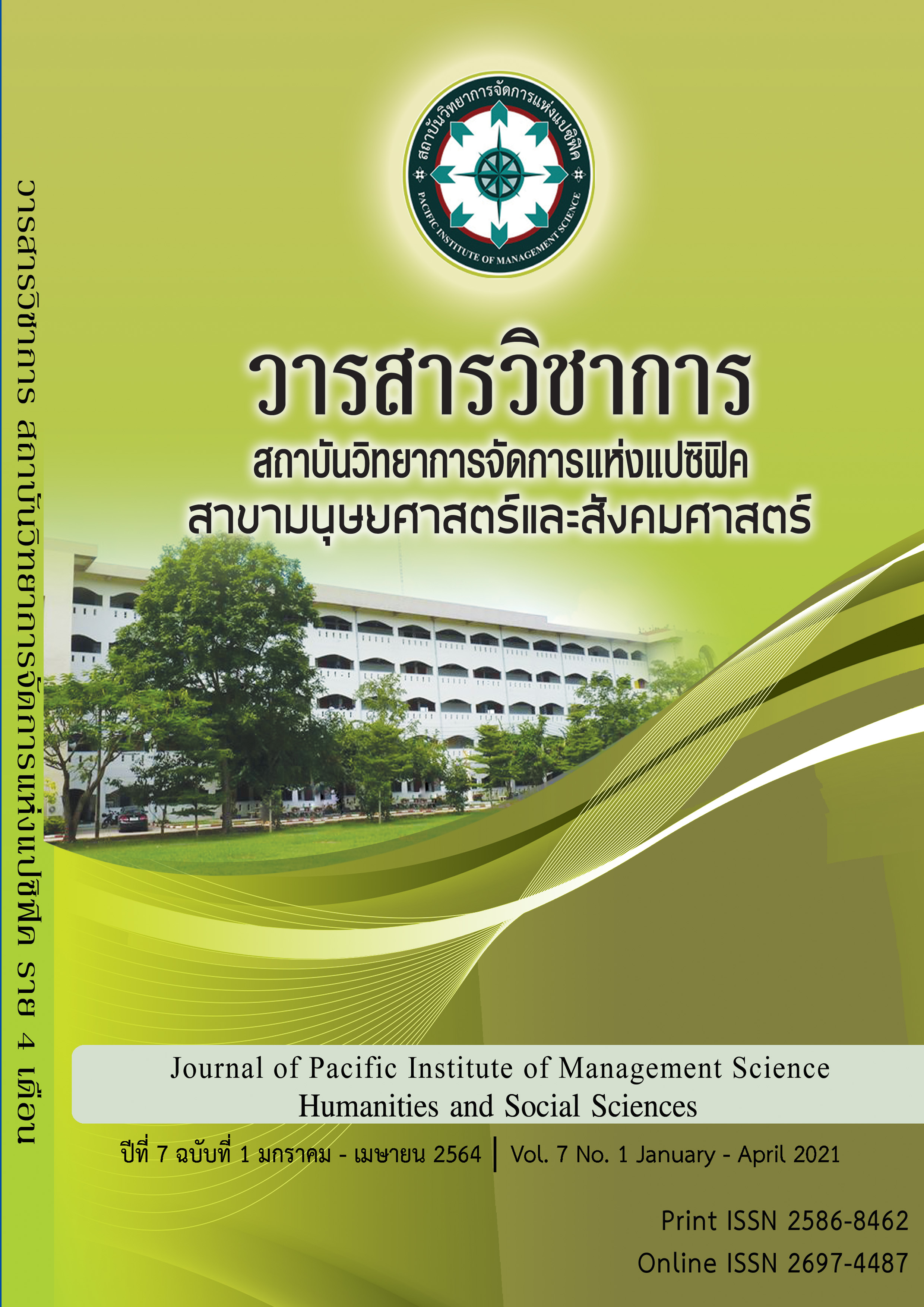Volatility of Dynamic Pricing: An Empirical Study of the Low Cost Airline Industry in Thailand
Keywords:
volatility, dynamic pricing, price optimization, airline industry in Thailand, GARCH modelAbstract
The purposes of the study were to find and compare volatility in ticket prices of low-cost airline companies for domestic and international flights departing Bangkok to various destinations such as Chiang Mai, Phuket, Tokyo, and Melbourne as well as to compare relative volatility between domestic and international ticket prices in a particular time frame. An econometric model is used in this research to find any dynamic pricing volatility in airlines ticketing systems during the study period of 6 months. Daily ticket prices were obtained via the official airline. Microsoft Excel NumXL (addins) was used to construct and examining the volatility model to calculate the GARCH (1,1) results.
By observing ticket price changes in various flight routes including domestic and international routes to analyze and identify the volatility level of the change in ticket prices over the study period of 6 months, we found that level of volatility increases as the time to departure approaches. Empirical analyses reveal that distributions of the change in ticket prices deviate from normality with volatility varying over time. The results of the volatility tests show that the ticket prices were quite volatile when purchasing tickets close to the departure date.
References
Bangkok Post. (2018). Japan Remains Top Destination. [Online]. Retrieved July, 08, 2019, from https://www.bangkokpost.com/travel/149326/Japan-remains-top-destination.
Bertsimas D. and Perakis G. (2006). Dynamic pricing: a learning approach. New York : Springer.
Besbes O. and Saure D. (2012). Dynamic pricing strategies in the presence of demand shocks. Working paper. Columbia Graduate School of Business.
Broder J. and Rusmevichientong P. (2012). Dynamic pricing under the general parametric choice model. Operations Research.
Cope E. (2007). Bayesian strategies for dynamic pricing in e-commerce. Naval Research Logistics.
Dolan R. and Jeuland. A. (1981). Experience curves and dynamic demand models: implication for optimal pricing strategies. Journal of Marketing.
Gallego G. and Ryzin G. (1994). Optimal dynamic pricing of inventories with stochastic demand over finite horizons. Management Sci.
International Air Transport Association. (2019). IAIA forecast predicts 8.2 billion air travellers in 2037. [Online]. Retrieved May, 15, 2019, from https://www.iata.org/pressroom/pr/Pages/2018-10-24-02.aspx.
Islam S. and Watanapalachaikul S. (2004). Empirical Finance. Heidelberg : Springer.
Raman K and Chatterjee R. (1995). Optimal Monopolist Pricing Under Demand Uncertainly in Dynamic Markets. Management Science.
Downloads
Published
Issue
Section
License
บทความที่ได้รับการตีพิมพ์เป็นลิขสิทธิ์ของ สถาบันวิทยาการจัดการแห่งแปซิฟิค
ข้อความที่ปรากฏในบทความแต่ละเรื่องในวารสารวิชาการเล่มนี้เป็นความคิดเห็นส่วนตัวของผู้เขียนแต่ละท่านไม่เกี่ยวข้องกับสถาบันวิทยาการจัดการแห่งแปซิฟิค และคณาจารย์ท่านอื่นๆในสถาบันฯ แต่อย่างใด ความรับผิดชอบองค์ประกอบทั้งหมดของบทความแต่ละเรื่องเป็นของผู้เขียนแต่ละท่าน หากมีความผิดพลาดใดๆ ผู้เขียนแต่ละท่านจะรับผิดชอบบทความของตนเองแต่ผู้เดียว







